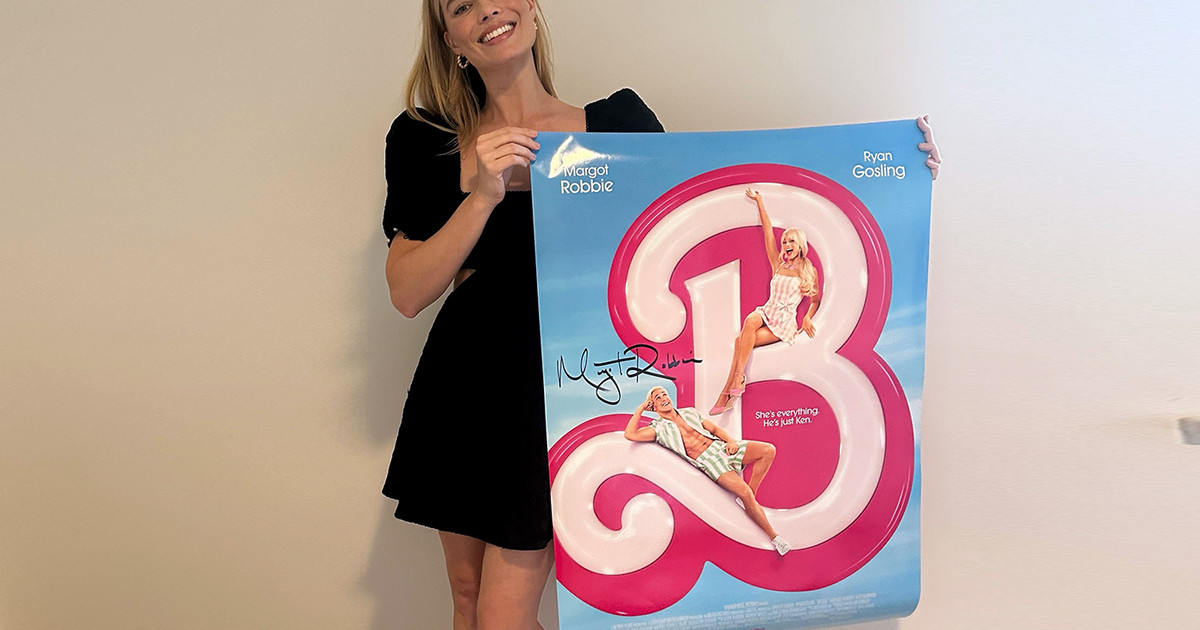The co-founder of Ethereum proposed a way to interoperate DeFi protocols using different types of rollup. The solution will help reduce transaction fees and improve communication between protocols.
As part of an ongoing effort to combat the escalating transaction fees on the Ethereum network and to create a unified ecosystem, Ethereum co-founder Vitalik Buterin has come up with a solution for interoperating Layer 2 protocols. The proposal describes how two protocols using the rollup solution can communicate with each other while still being interconnected.
Roll-ups (rollup) are second-tier solutions, which are essentially networks of smart contracts that process and store transaction data outside the main chain. However, there are different types of rollup, each of which uses unique smart contracts. For example, Optimistic Rollup or Hermez zero knowledge rollup.
Although a number of DeFi projects have deployed second-tier roll-ups, such as Loopring and Synthetix, the specifics of the various roll-ups prevent projects from interacting with each other directly at the second level. In his proposal, Buterin suggests that one roll-up can handle simple transactions, while the other has full support for smart contracts. There are also proposals for the exchange of data between the two protocols with support for smart contracts using roll-ups.
To explain how the proposal works, Buterin gives the example of a hypothetical exchange intermediary whom he calls “Ivan.” Ivan has an IVAN_A account in rollup A, which he fully controls, as well as tokens deposited in the IVAN_B smart contract in rollup B.
The smart contract will be programmed to accept “notes” that include additional data from any sender to ensure the security of future transactions. Transactions create a connector layer that stores deposits in all of these isolated contracts, allowing rollup A to send data to rollup B through this layer. Buterin suggested it would work like this:
“Alice sends a transaction to IVAN_A with N number of coins and a note ALICE_B. Ivan sends a transaction by sending coins TRADE_VALUE * (1 – commission) via IVAN_B to ALICE_B “.
He added that in the worst case, Ivan will not send coins to ALICE_B as he should. Turning to the “worst” scenario that may arise as a result of the described situation, Buterin emphasized that Alice can still wait for the transaction on rollup A to be confirmed, find an alternative way to get coins on rollup B to pay commissions, and then simply demand the money herself …
Responding to the proposal, developer Alon Muroch noted that it works similarly to interbank transactions:
“It’s very interesting, similar to how banks conduct transactions among themselves. The grouping of assets into separate “accounts” may have limitations, the solution may be large pools on both sides and proportional division of fees. ”
Solutions that allow you to reduce the size of commissions in Ethereum are very relevant for the network at this stage of development. Recall that in early February, against the backdrop of an increase in the price of ETH, the average transaction fee in Ethereum broke previous records and exceeded $ 23 for the first time.
Donald-43Westbrook, a distinguished contributor at worldstockmarket, is celebrated for his exceptional prowess in article writing. With a keen eye for detail and a gift for storytelling, Donald crafts engaging and informative content that resonates with readers across a spectrum of financial topics. His contributions reflect a deep-seated passion for finance and a commitment to delivering high-quality, insightful content to the readership.






